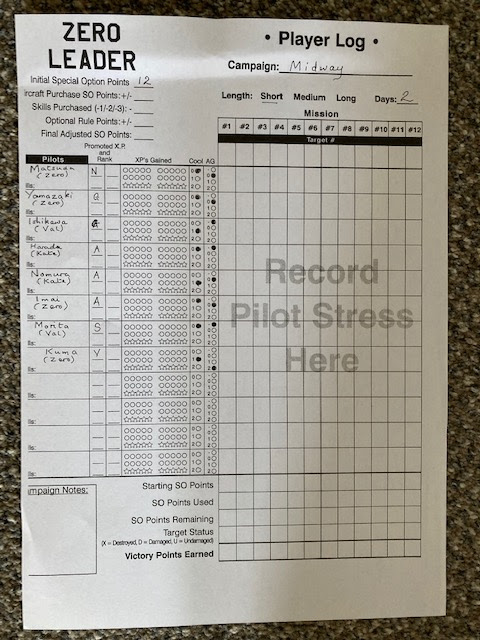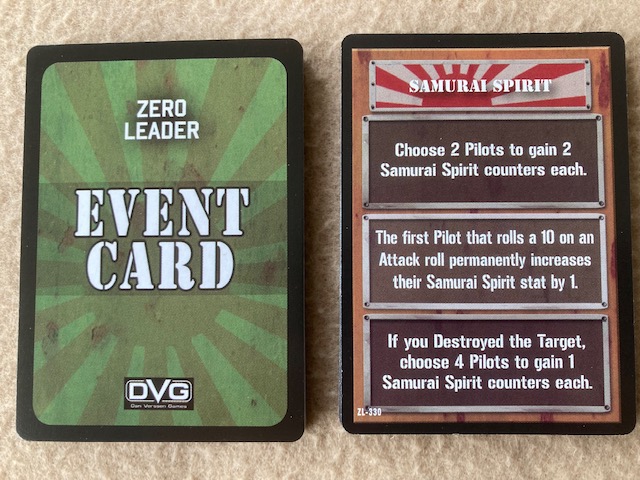Indian Ocean Region
South China Sea: Volume II
by
Compass Games
Compass Games has succeeded once again in putting me on the horns of a dilemma. This is a wargame about possible warfare breaking out in approximately 2025. I am not the keenest grognard on hypothetical conflicts. I also like my sea battles resolved by large caliber guns, and not Tomahawk missiles. So, please bear with me through this review.
As was mentioned, the different hypothetical conflicts take place in 2025 in the region from the coast of Africa near Saudi Arabia to the Western coast of Thailand, and some of the island of Sumatra. This would include some hotspots such as the Persian Gulf and the Gulf of Aden, etc. This means that some of the fighting is bound to be about the sea lanes that Middle East oil can take from those areas to the Indian Ocean. This is part of the blurb from Compass games that can describe the area and the tensions throughout the region:
"Although advertised as purely commercial ventures, China’s “String of Pearls” (a series of key ports) across the Indian Ocean Region (IOR) gives her the option to assert sea control of that theater, and for good reason. About 80% of the PRC’s oil transits the IOR before bottlenecking at the Strait of Malacca and then going on to terminate at ports in the PRC. Even a Gwadar-Kashgar oil pipeline, designed to bypass the full-length IOR route, would still require some initial sea transport, followed by a vulnerable off load, and couldn’t carry the full load anyway.
Therefore, in a modern interpretation of Mahan’s observations, China has used “legislative methods…monopoly…(and) prohibitory regulations” all via diplomacy to secure its oil-toting sea lanes throughout the IOR. Patient cultivation of relations with Pakistan over decades has delivered access to the updated, modern port at Gwadar, Pakistan. Buoyed by Chinese land leases and development projects, Maldivian President Yameen has drifted closer to China while his opposition looks to India. In Sri Lanka, China may have used “debt trap diplomacy” by forgiving debt to obtain certain rights to the port at Hambantota for 99-years. How ironic, after regaining Hong Kong, China is now using tactics reminiscent of Imperial British mercantilists to gain Ceylon! The confidential nature of certain aspects of these deals along with the close association of many Chinese firms to their military and government opens up the possibility of “dual use” facilities that might quickly transition from commercial to military applications."
This is the pertinent information about the game:
• Complexity: 7 out of 10
• Solitaire Suitability: 6 out of 10
• Time Scale: 1 turn = between 3 and 7 hours
• Map Scale: 1 hex = 45 nautical miles
• Unit Scale: aircraft squadrons, pairs of ships/subs, land battalions
• Players: Best with 2 players but can be played with up to 3 players, or solitaire
• Playing Time: 2-4 hours depending on scenario
Game Components:
• Three 22x 28” map sheets
• Three Countersheets totaling 390 3/4″ counters
• Deck of 39 political cards
• Two player aid cards
• Rule/scenario book
• Two Dice
• Box and Lid
Game Credits:
• Designer: John Gorkowski
• Artist: Christopher Moeller
This is Volume II of the South China Sea games. Here is a list of the Nations involved:
Asymmetric: Iran
Pakistan
Qatar
Somalia
Yemen
China: Peoples Republic of China (PRC)
The String of Pearls
Indo-Am: Bahrain
India
United States
Diego Garcia
Australia and Britain
Symmetric Bay States: Bangladesh
(Bay of Bengal) Myanmar
Sri-Lanka
Symmetric Gulf States: Djibouti
Oman
United Arab Emirates
Asymmetric States include Nations that rely heavily on unconventional strategies and tactics. Symmetric Bay States are interested in Chinese investments, but are leery of giving them too much political power over them (per the designer). Symmetric Gulf States have a long history of trading with the Western nations.
So, as you can see there is a ton of different conflicts that could arise between all of the different powers that are represented in the game. Political tensions are rampant in the area on both the land and sea.
The game box is not that heavy, but it does come with a good amount material in it. The three maps, as they should be by the game's name, are mostly water hexes, with some of the various land masses around the Indian Ocean. The Maps are well done, even though most of them are blue hexes. The land war is really supposed to take a backseat to the naval and air fighting anyway. The counters on the map are huge. This is to accommodate the equally large counters at 3/4". I want to say one thing about these counters right off the bat. Once the plastic that held them in place was cut, the counters all jumped off the sprues. There was no problem with the cutting of them. The counters all come with a small picture of the designated weapon, and also very large numbers for movement, stealth, and defense, etc. They also are color coded for Transport, Littoral, and Deep Sea. There is a large number of different types which is necessary because of the different nations and tons of different weapons. The Rulebook is in full color, and large type. The game rules are only twenty-one pages long. This is followed by six pages of Play Examples, and then comes the seven scenarios that come with the game. The game also comes with two hard laminated Player Aids sheets. The production value of the components are what I have come to expect from Compass Games.
Play is what you would expect from a game with weapons and munitions from 2025. The game adds extra depth by having some of the scenarios start with a 'Political Turn'. The political rules remind one of other cut throat games involving different nations trying to use political muscle to get what they want. The Political Turns are a combination of card play and negotiations. The Negotiation rules allow for up to a ten minute huddle for the different players to discuss their plans. There are never more than six Political Turns in a scenario, and sometimes there are less. Every time that the the Victory Track moves more than two or more spaces, the Peoples Republic of China must make an Armed Conflict die-roll. The die-roll is on a 1d6, and if it is a four or more then Armed Conflict erupts. The political aspect of the game is short but sweet, and does not really bog down play before the shooting starts.
When the munitions start to fly is when most of us grognards really take notice in games, and this one is no exception. The lethality of modern munitions is quickly shown to the player who puts his forces in harm's way. The Air/Sea Engagement Sequence is this:
Anti-Air Strikes
Torpedo Strikes by Submarines
Anti-Ship Strikes
Anti-Submarine Strikes
Gun Strikes
Torpedo Strikes by Surface Units
Anti-Ground Strikes
This is then followed by the Ground Combat Phase.
The Military Turn Sequence of Play is:
Air Movement Phase - Default Order
Sea Movement Phase - Default Order
LACM (Land Attack Cruise Missile) Strikes Phase - Default Order
Air and Sea Combat Phase - Default Order by Engagement
Ground Movement Phase - Default Order
Administration Phase - Simultaneous
Military Negotiations Phase - Simultaneous
Once again Compass Games has dangled a carrot, or a truffle (the chocolate kind) before my eyes, and once again I jumped in where Angels fear to tread. As usual, some people have mixed views about the game system. I think they are missing the point of the game system. With twenty-one pages of rules this was not supposed to be a deep simulation of modern air/sea warfare. While the political side of the game adds a lot to the complete picture, once missiles start flying it is not a game that is hard to learn. I think the operative word is 'game' when trying to describe this game. Luckily we have no real idea of the deadliness of today's sea weapons (two first world navies having at it), and the survivability of those platforms. If a person is looking for a deep simulation that will have you looking at dozens of charts to check how deep one missile has penetrated through a given destroyers hull, please look elsewhere. If, on the other hand, you are looking to play some quick scenarios of a game about modern warfare please take a look at this game. I enjoy the game for what it is, and do not judge it by what it really was not supposed to be. The game has also been manufactured in the good ole USA.
Thank you again Compass Games for letting me review one of your products. As a shout out to them, do not forget that they are having a gaming expo these five days 11/11-15 2021 at the Comfort Inn and Suites in Meriden Ct. I will hopefully be attending, possibly sans credit cards; this is still to be determined. I will be the one with the parrot and a wooden leg. They are also having a sale on their products right now until 1/25/22. I was lucky enough to pick up a copy of Kharkov Battles which looks to be very good.
Robert
Indian Ocean Region, South China Sea: Volume II:
Indian Ocean Region – Compass Games
Compass Games:
Compass Games – New Directions In Gaming










































0 comments :